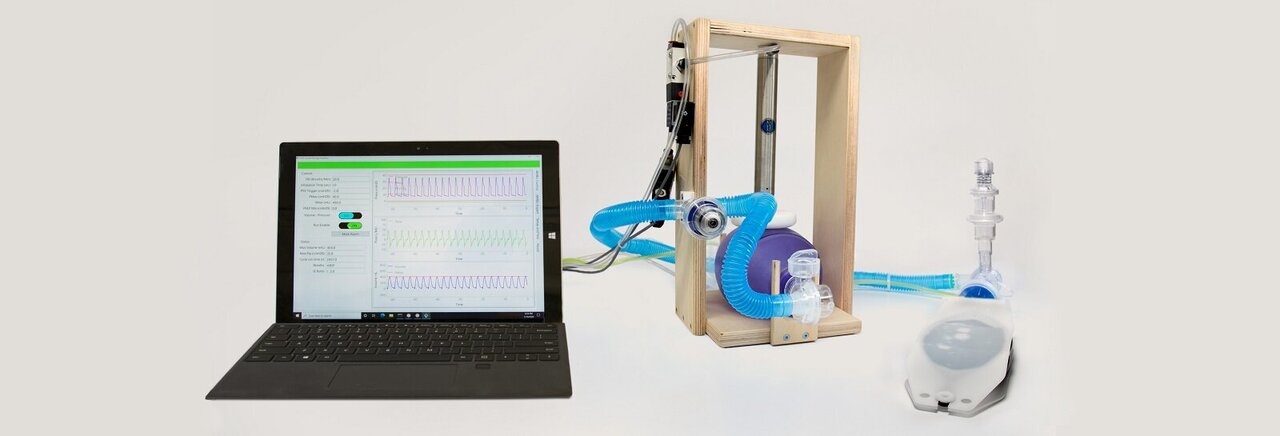Using standard parts that cost less than USD 400, scientists have developed an emergency ventilator which could be an affordable option when more sophisticated technology is not available, or in short supply, an invention that may help save the lives of those suffering from COVID-19. While in the simplest ventilators, doctors squeeze a self-inflating bag by hand to pump air into the lungs, and high-end automated versions use complex electronics to control multiple parameters, the current innovation, described in a yet-to-be peer-reviewed study in medRxiv, is a cost-effective device with a mechanism that automatically squeezes the self-inflating bag.
Using standard parts that cost less than USD 400, scientists have developed an emergency ventilator which could be an affordable option when more sophisticated technology is not available, or in short supply, an invention that may help save the lives of those suffering from COVID-19. While in the simplest ventilators, doctors squeeze a self-inflating bag by hand to pump air into the lungs, and high-end automated versions use complex electronics to control multiple parameters, the current innovation, described in a yet-to-be peer-reviewed study in medRxiv, is a cost-effective device with a mechanism that automatically squeezes the self-inflating bag.










417.jpeg)
10.jpeg)
40.jpeg)
100.jpeg)
416.jpeg)
5.jpeg)
4.jpeg)
6.jpeg)
5.jpeg)





